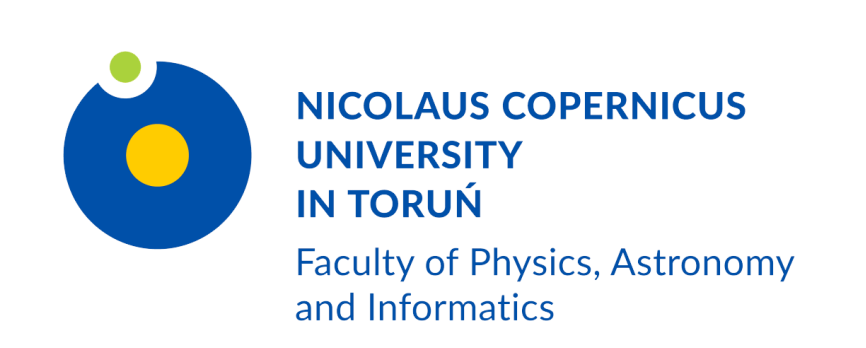
Piotr Kolenderski, PhD
Piotr Kolenderski, PhD, completed his MA and doctoral studies in the Physical Sciences with the Faculty of Physics, Astronomy and Applied Informatics at Nicolaus Copernicus University, in Toruń. From 2010 to 2013 he completed a postdoctoral apprenticeship at the Institute for Quantum Computing (IQC) in Waterloo, Canada, as a laureate of the “Mobility Plus” program for the Ministry of Science and High Education. Since 2013 he has lectured at the Institute of Physics and conducted research at the National Laboratory of Atomic, Molecular and Optical Physics where he has lead the Single Photon Applications Laboratory research group (spa.fizyka.umk.pl). He is a laureate of the National Center of Science (Sonata), the Foundation for Polish Science (Homing Plus, First Team) and the Ministry of Science and High Education (Large Research Infrastructure, Iuventus Plus). With grant support, he conducts research concentrated on obtaining, detecting and controlling single photons and applying them in technologies. Apart from IQC, Dr. Kolenderski cooperates with the Raman Research Institute in Bengalore, India, Politecnico di Milano in Italy, and Palacký University Olomouc in the Czech Republic.
Laboratory of entangled photons
Light brings us the majority of the information we use to perceive our surroundings; once emitted from a source, it reflects off objects in our environment and is absorbed by our eyes. Common light emitting sources have long been used for communication, for example by two ships at sea flashing lightbulbs to communicate using Morse Code. Light from such a source consists of an enormous number of photons — light’s elementary particle. However, light-based communication does not require so many photons in order to be effective; single photons, if appropriately controlled, are enough. In my studies, I focus on methods for obtaining single photons, controlling them, and sending them from one place to another, even over great distances. Satellite receivers are included in the list of technologies that can be used as single photon transmitters, even as they orbit around the Earth at great speed. Another example being optical fibers, to which we owe the Internet.
Photons are the fastest particles in the Universe, which in addition demonstrate very strange behavior. Two photons emitted at the same moment from the same source are usually “entangled”. What does this mean? Imagine a situation where two photons, emitted from a single source, have travelled in opposite directions for some time and are now separated by a great distance. One of them has reached us, and its detection has shown that it has a certain color — which we call its “state.” If the two photons are entangled, we could use the first photon’s color (state) to determine what the second photon’s color would be if it were measured by a second observer. This is possible even if the distance between the photons is as large as the diameter of the Milky Way. Entangled photons can be used in quantum cryptography, which is 100% secure. In my research conducted in cooperation with the IQC, we use this entanglement property for photonic communications via optical fibers and satellites. Specifically, we devise efficient single photon sources that are compatible with a satellite receiver. The aim is to carry out an exchange of a confidential cryptographic key between a ground station and a satellite.

 Grudziądzka 5, 87-100 Toruń
Grudziądzka 5, 87-100 Toruń